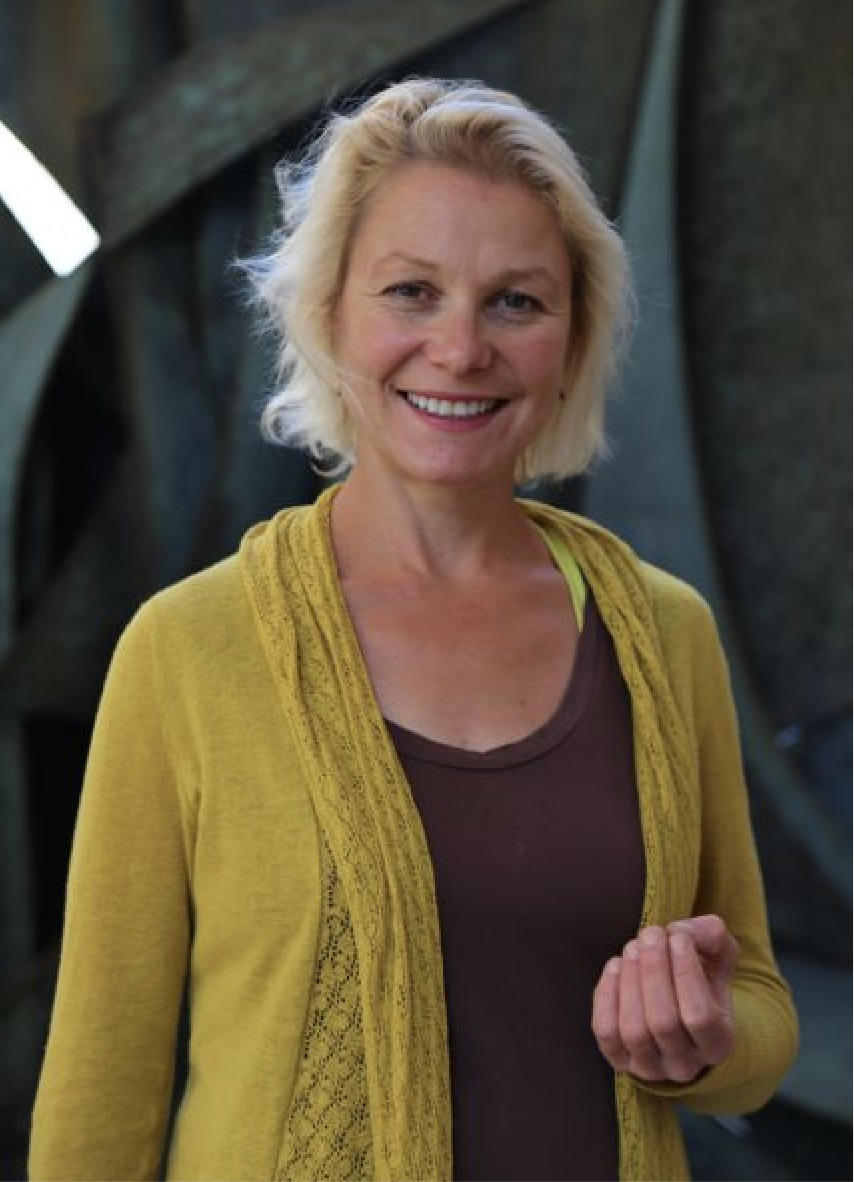
Julia Greer
Ruben and Donna Mettler Professor of Materials Science, Mechanics, and Medical Engineering, California Institute of Technology; Director of the Kavli Nanoscience Institute at Caltech
Date: Tuesday, December 3, 2019
Time: 2pm - 3pm; reception to follow
Location: Building 36, Room 428
This event is free and open to the public. Registration is required.
Abstract
Creation of extremely strong and simultaneously ultra lightweight materials can be achieved by incorporating architecture into material design. In our research, we design and fabricate three-dimensional (3D) nano-architected materials that can exhibit superior and often tunable thermal, photonic, electrochemical, and mechanical properties at extremely low mass densities (lighter than aerogels), which renders them useful, and often enabling, in many scientific pursuits and technological applications. Dominant properties of such meta-materials are driven by their multi-scale nature: from characteristic material microstructure (atoms) to individual constituents (nanometers) to structural components (microns) to overall architectures (millimeters and above).
To harness the beneficial properties of 3D nano-architected meta-materials, it is critical to assess their properties at each relevant scale while capturing overall structural complexity. Our research is focused on fabrication and synthesis of such architected materials using 3D lithography, nanofabrication, and additive manufacturing (AM) techniques, as well as on investigating their mechanical, biochemical, electrochemical, electromechanical, and thermal properties as a function of architecture, constituent materials, and microstructural detail. We strive to uncover the synergy between the internal atomic-level microstructure and the nano-sized external dimensionality, where competing material- and structure-induced size effects drive overall response and govern these properties.
The latter part of this seminar is two-fold: I will offer the audience a choice of two topics: (1) Part I is focused on the mechanics, which includes compression, tension, and fracture experiments and simulations on engineered and natural (biological) 3D nano-architected materials, as well as quasi static vs. dynamic loading. (2) The focus of Part II is additive manufacturing via function-containing chemical synthesis to create nano- and microarchitected metals, ceramics, multifunctional metal oxides (nano photonics, photocatalytic, piezoelectric, etc.), shape memory polymers, etc., as well as demonstrate their potential in some real-use applications. In both parts, I will describe an example where unusual mechanical properties of these nano-architected materials enable creating stimulus-responsive reconfigurable materials through electrochemistry.
Biography
Greer’s research focuses on creating and characterizing classes of materials with multi-scale microstructural hierarchy, which combine three-dimensional (3D) architectures with nanoscale-induced material properties. We develop fabrication and syntheses of micro- and nanoarchitected materials using 3D lithography, nanofabrication, and additive manufacturing (AM) techniques, and investigate – among others - their mechanical, biochemical, electrochemical, electromechanical, and thermal properties as a function of architecture, constituent materials, and microstructural detail. Specific topics include applications of 3D architected materials in chemical and biological devices, ultra lightweight energy storage systems, damage-tolerant fabrics, additive manufacturing, and smart, multi-functional materials.
Greer obtained her S.B. in Chemical Engineering with a minor in Advanced Music Performance from MIT in 1997 and a Ph.D. in Materials Science from Stanford, worked at Intel (2000-03) and was a post-doc at PARC (2005-07). Julia joined Caltech in 2007 and currently is a Ruben and Donna Mettler Professor of Materials Science, Mechanics, and Medical Engineering at Caltech (effective July 2019).
Greer has more than 150 publications and has delivered over 100 invited lectures. She received the inaugural AAAFM-Heeger Award (2019) and was named a Vannevar-Bush Faculty Fellow by the US Department of Defense (2016) and CNN’s 20/20 Visionary (2016). Her work was recognized among Top-10 Breakthrough Technologies by MIT’s Technology Review (2015). Greer was named as one of “100 Most Creative People” by Fast Company and a Young Global Leader by World Economic Forum (2014) and received multiple career awards: Kavli (2014), Nano Letters, SES, and TMS (2013); NASA, ASME (2012), Popular Mechanics Breakthrough Award (2012), DOE (2011), DARPA (2009), and Technology Review’s TR-35, (2008).
Greer is the Director of the Kavli Nanoscience Institute at Caltech and serves as an Associated Editor for Nano Letters and Extreme Mechanics Letters. She is also a concert pianist who performs solo recitals and in chamber groups, with notable performances of “Prejudice and Prodigy” with the Caltech Trio (2019), “Nanomechanics Rap” with orchestra MUSE/IQUE (2009), and as a soloist of Brahms Concerto No. 2 with Redwood Symphony (2006).
